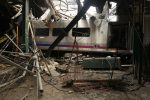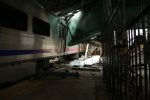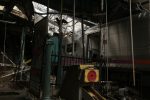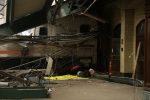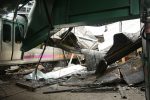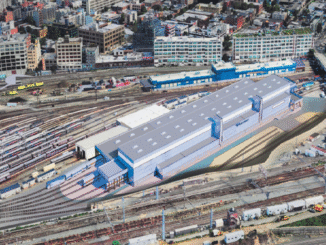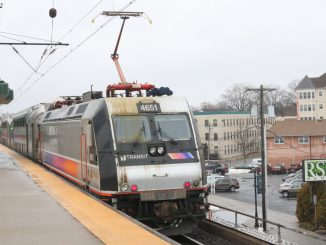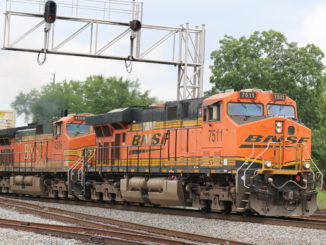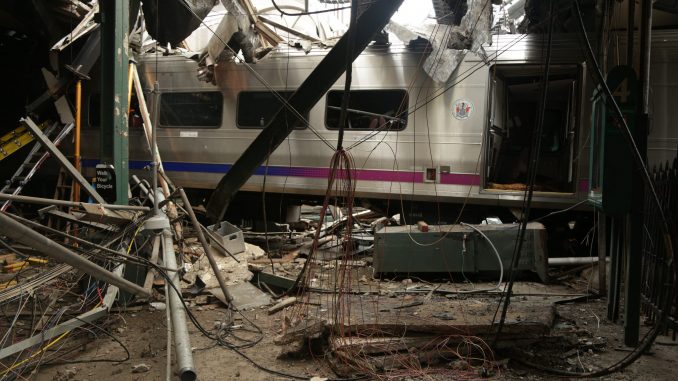
So-called “safety-sensitive” railroad personnel should be screened for obstructive sleep apnea, and technology such as positive train control should be used in terminal stations to improve the safety of operations, the National Transportation Safety Board (NTSB) said in a new ruling.
The ruling comes in the wake of a pair of crashes involving commuter trains that struck end-of-track bumping posts and crashed into stations.
A Sept. 29, 2016, N.J. Transit crash in Hoboken, N.J., killed one and injured 110 others and also caused damage to the station. On Jan. 4, 2017, a Long Island Rail Road train crashed at Atlantic Terminal in Brooklyn, N.Y., injuring 108 people.
“The traveling public deserves alert operators,” NTSB Chairman Robert L. Sumwalt said in a news release. “That is not too much to ask.”
When operating a train into a terminating track, the engineer’s actions solely determine whether the train stops before the end of the track. According to the FRA there are currently no mechanisms installed in the U.S. that will automatically stop a train at the end of the track if the engineer is incapacitated, inattentive or disengaged.
Some railroads have over speed capabilities, including New Jersey Transit and the LIRR. However, as shown in these two accidents, once the engineer slowed the train to the prescribed speed, the system did not stop the trains before they reached the end of the track.
“Today’s new recommendations, if acted upon, have the potential to eliminate end-of-track collisions,’’ Sumwalt said. “That translates to protection for passengers on trains, and for people standing on terminal platforms.”
Meanwhile, last month, the New York & Atlantic Railway (NYA) started an Obstructive Sleep Apnea (OSA) program.
Nearly 40 NYA locomotive engineers and conductors in New York City and Long Island will be screened for OSA. If needed, the crew members will receive treatment under the support and care of the railway’s medical team.
“The detection and remediation of OSA will positively impact employee health and improve employee alertness for safety sensitive jobs,” NYA President James Bonner said in a news release.
NYA is the first short-line freight railroad in the United States to institute an Obstructive Sleep Apnea screening and treatment program, according to the American Short Line and Regional Railroad Association.

